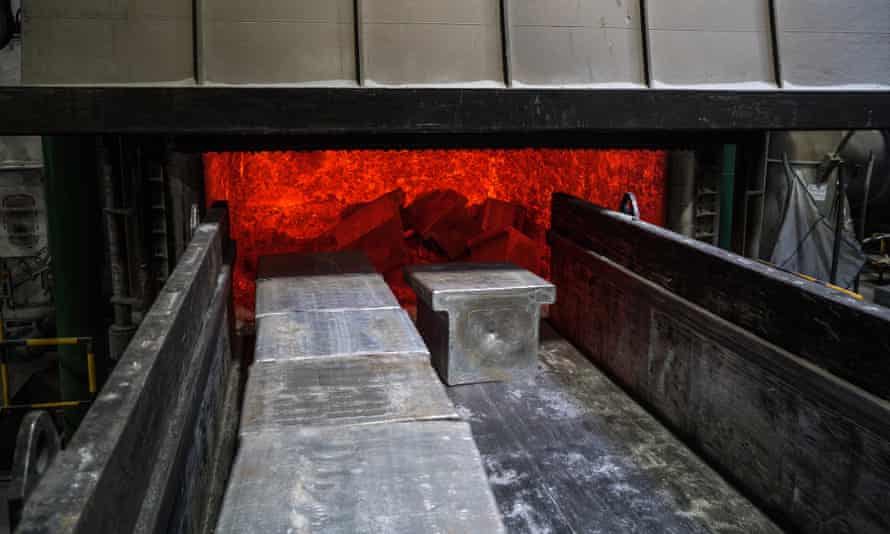Extract from The Guardian
The move by the country’s biggest power consumer could signal the end for AGL’s Bayswater power station.

First published on Wed 11 Aug 2021 16.25 AEST
Australia’s biggest power consumer has said it plans to switch to a largely renewable energy supply in 2029 in a move that energy analysts say would greatly reduce carbon emissions in New South Wales.
Tomago Aluminium, Australia’s largest aluminium smelter, is reportedly in talks with renewable energy suppliers ahead of the expiry of its current energy contract with AGL in 2028.
The company’s chief executive, Matt Howell, told the Australian Financial Review the goal for the smelter near Newcastle was to be “for all intents and purposes 100% renewable” by 2029.
“There’s further improvement on the cost of the equation to go before firmed renewables is a viable option for us, but we are perpetually optimistic; I think we’ll get there,” he said.
Simon Holmes à Court, a senior adviser to the Climate and Energy College at Melbourne University and a clean energy commentator, said it was a significant announcement from Howell, who in the past has questioned the cost of running a smelter entirely on renewables and expressed support for a government-funded gas-fired power station in the Hunter.
“It would have a huge impact on NSW emissions if they greened up that smelter,” he said.
Holmes a Court said Tomago Aluminium used about 11% of the energy of the NSW grid.
Tomago Aluminium is managed as an independent joint venture by Rio Tinto, CSR and Hydro Aluminium.
Holmes à Court said there could be further significant emissions cuts and investment in new energy infrastructure if other smelters that were backed largely by coal contracts, such as Rio Tinto’s Boyne Smelters in Gladstone, also made the switch.
Smelters use about 10% of the energy of the east coast grid.
He said it was increasingly likely steel and aluminium manufacturers would transition to green energy contracts as the European Union and other export markets look to introduce carbon border adjustment mechanisms (CBAM) from as early as 2026.
“They’ll be locked out of a large number of significant markets if they don’t decarbonise,” Holmes à Court said. “Tomago could sign a zero emissions power contract at a significantly lower cost than they pay now before the mooted 2026 EU CBAM.”
Dan Gocher, the director of climate and environment at the Australasian Centre for Corporate Responsibility, said the announcement should signal the end for AGL’s Bayswater power station, which is scheduled to close in 2035.
“Without its largest customer, AGL is unlikely to make a profit from Bayswater beyond 2029,” Gocher said. “The owners of Tomago … should be applauded for this outcome. Such decisions de-risk Australian industry in the face of carbon border adjustment mechanisms.”

Sam Mella, the Hunter engagement lead for Beyond Zero Emissions, said Tomago’s announcement was a strong sign for the future of manufacturing in the region.
“This will keep our local industry competitive in the global market and reinforces our vision to establish the Hunter as the first renewable energy industrial precinct in Australia,” she said.
“Tomago’s commitment shows the potential for the Hunter to become the electric motor of the Australian economy and the importance of meeting customer demand for a zero-carbon future.”
Comment was sought from Tomago Aluminium.
AGL’s chief operating officer, Markus Brokhof, said the company was committed to the Hunter region and was progressing plans to “transform our thermal generation sites into low-carbon integrated industrial energy hubs”.
“This includes progress on a grid-scale battery, wind, solar and thermal storage system and a waste to energy facility, while also exploring the feasibility of pumped hydro at Bell’s Mountain,” he said.
Brokhof said there were no changes planned for the closure dates of AGL’s coal-fired power stations.
No comments:
Post a Comment